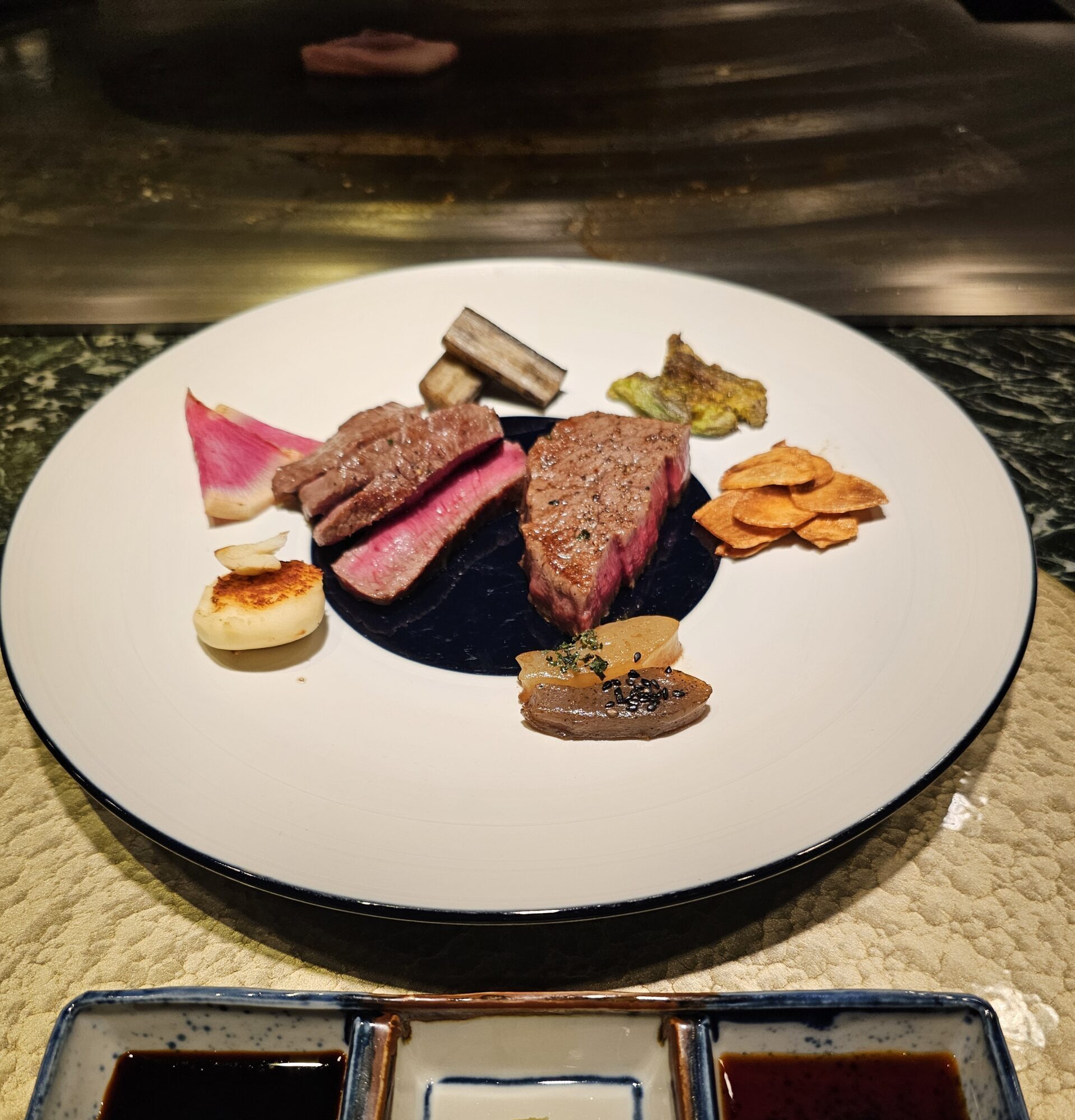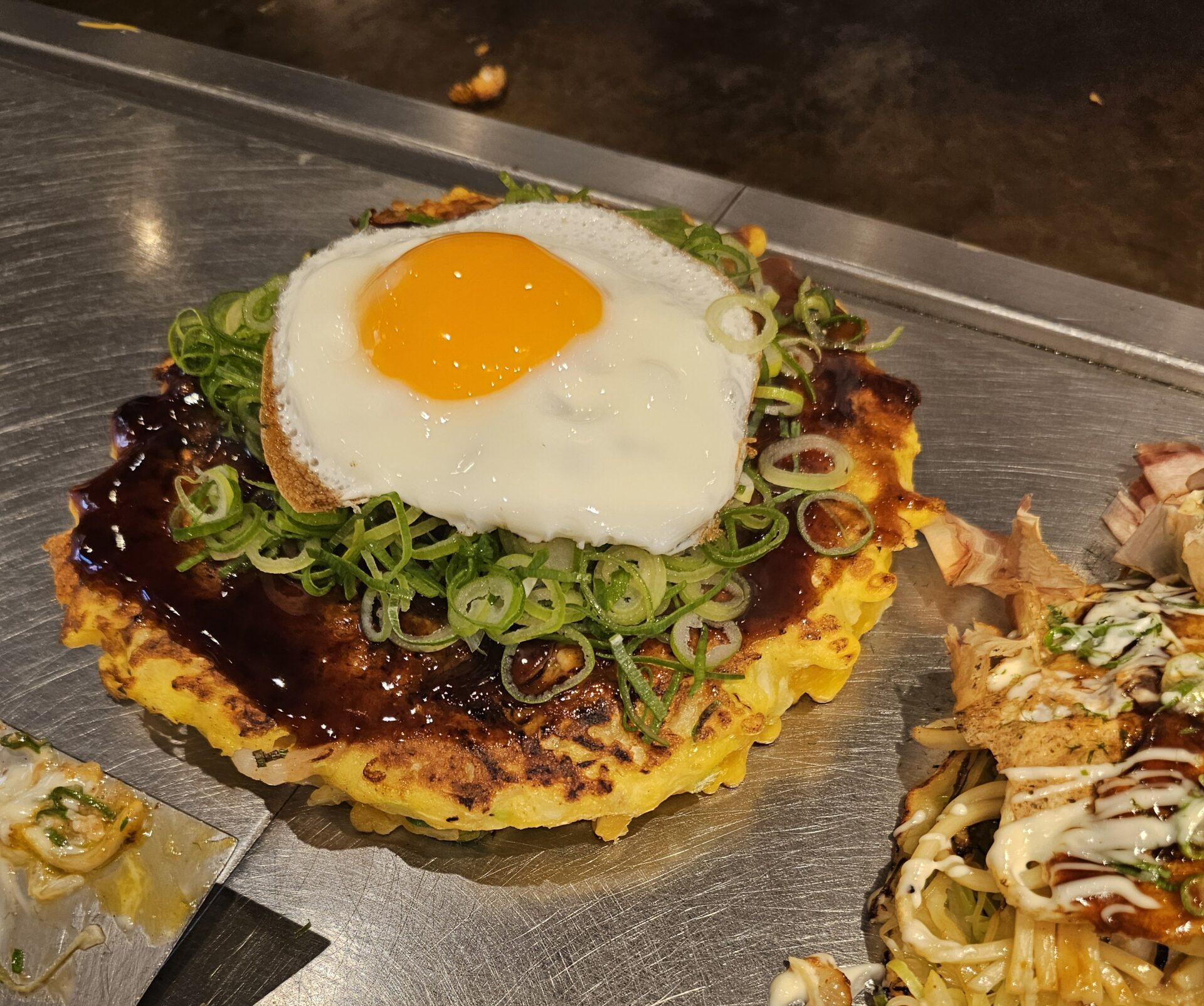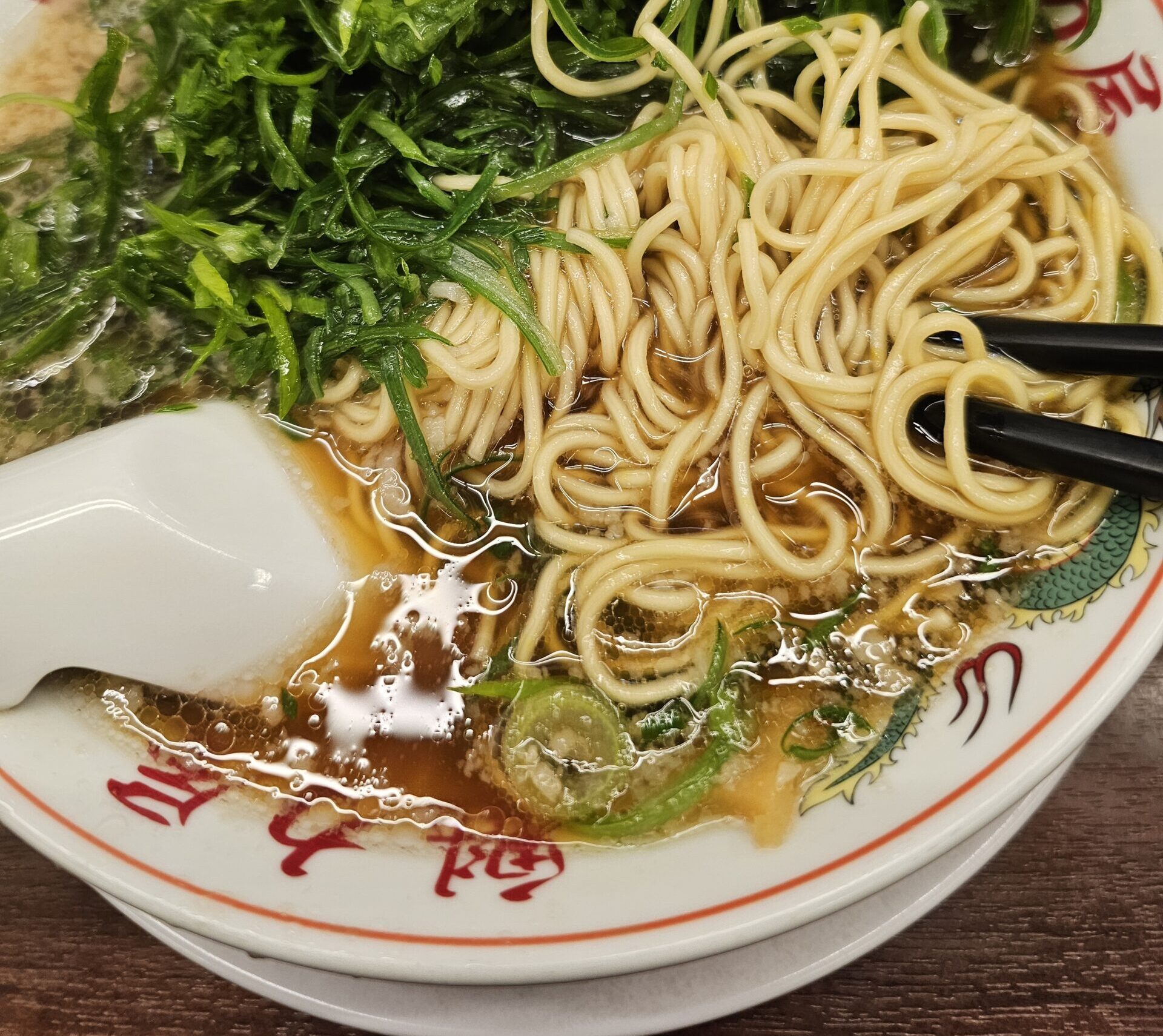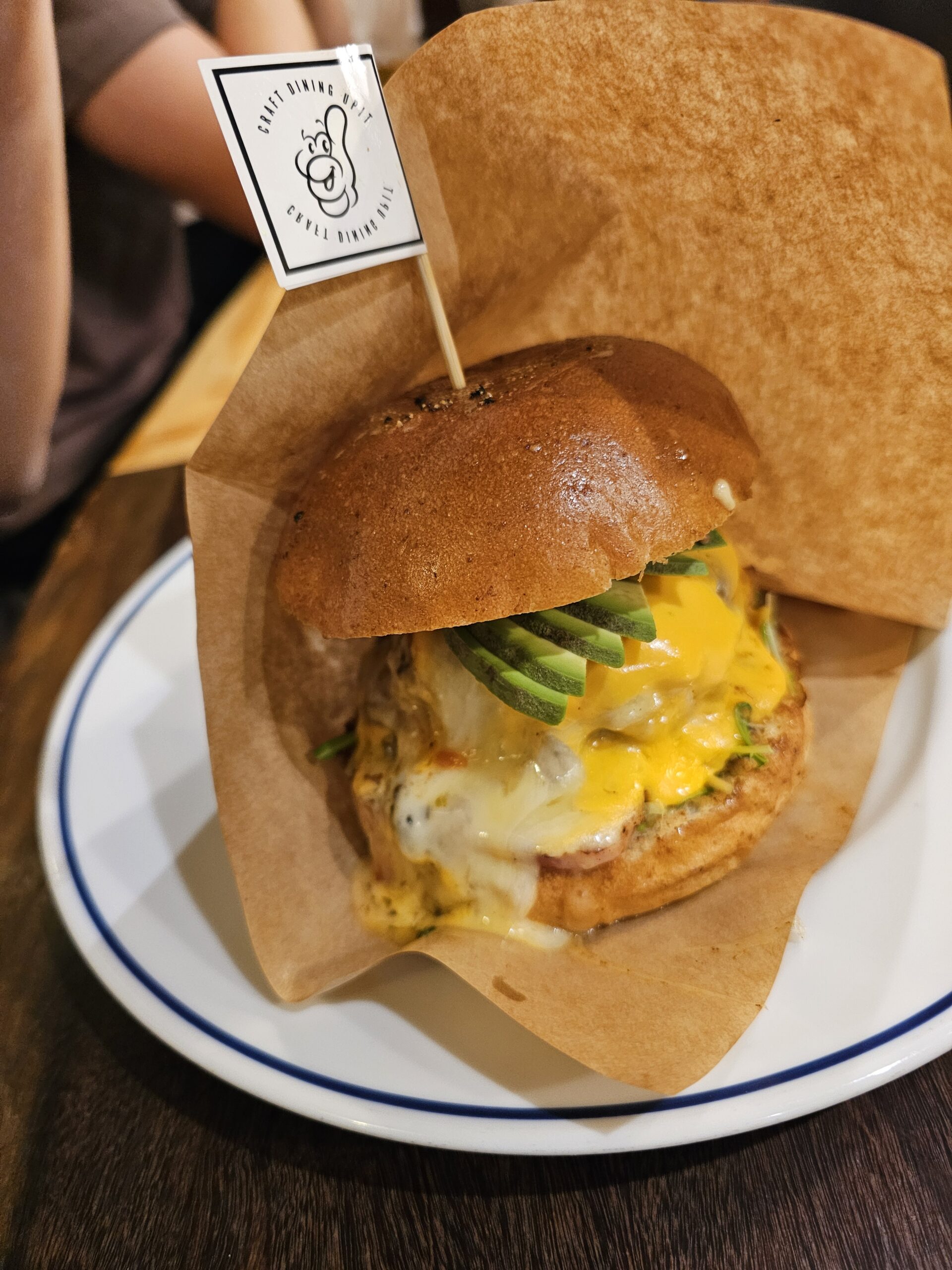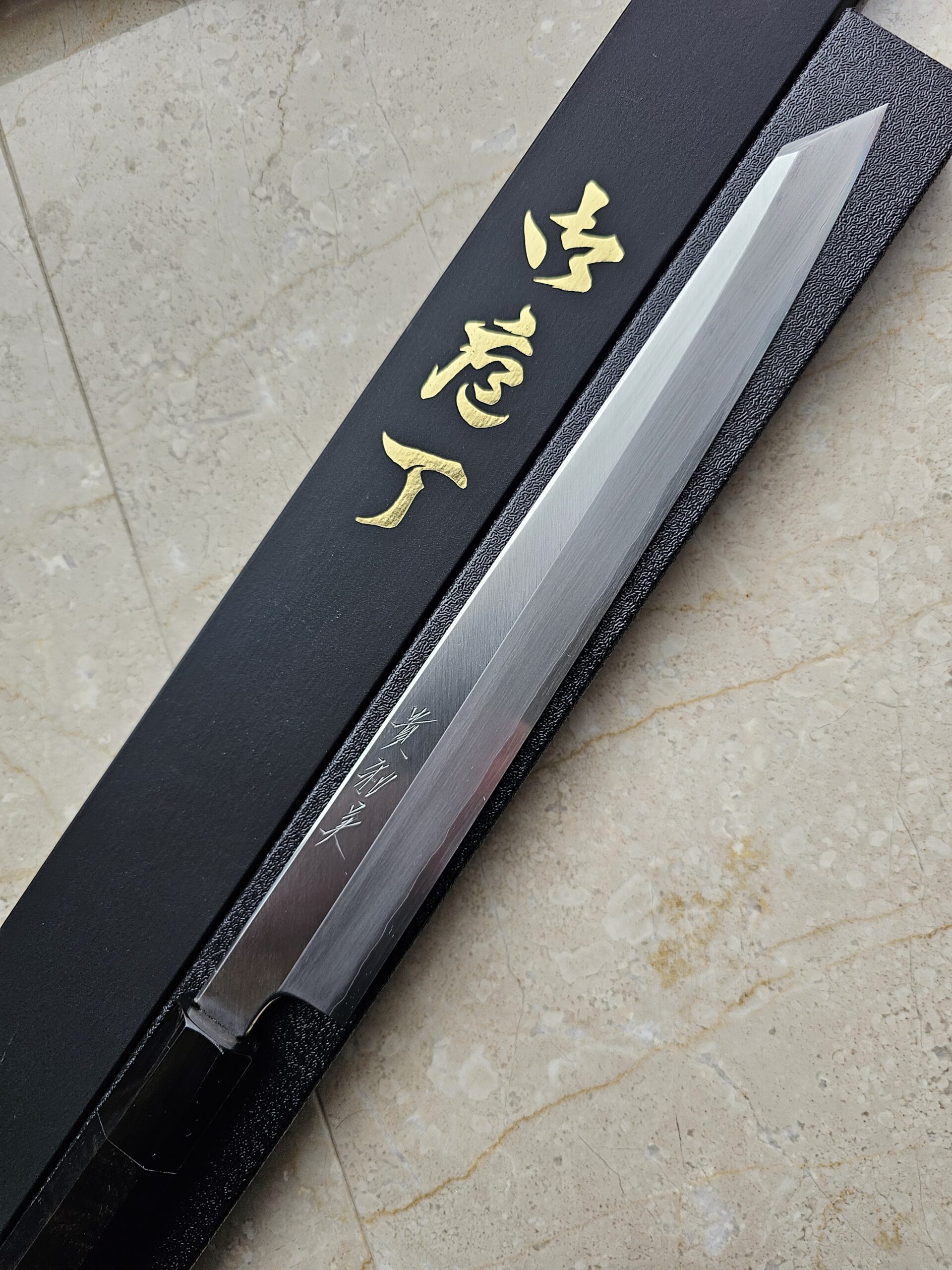What Japan Taught Me
Chef Ian Ramirez won the grand prize in our Chef Contest: a trip to Japan. Here’s what the experience taught him about cuisine, craftsmanship, culture, kindness, and some very cool ingredients.
In the fall of 2023, we partnered with our friends at Chef’s Roll to create the INSPIRED BY KIKKOMAN Chef Competition. We challenged chefs to submit their most creative, trend-forward recipes featuring Kikkoman® Soy Sauce for the chance to win a trip to Japan.
From among the more than 170 outstanding entries we received, our panel of judges awarded the grand prize to Chef Ian Ramirez, founder of Mad Honey Culinary Studio, a Michigan-based culinary R&D consultancy.
Chef Ian traveled to Japan in March 2024, and we asked him to share some of his favorite culinary and cultural experiences, discoveries, and “aha moments.”
Q: What unique ingredients did you discover in Japan that you believe could bring new dimensions to Western dishes?
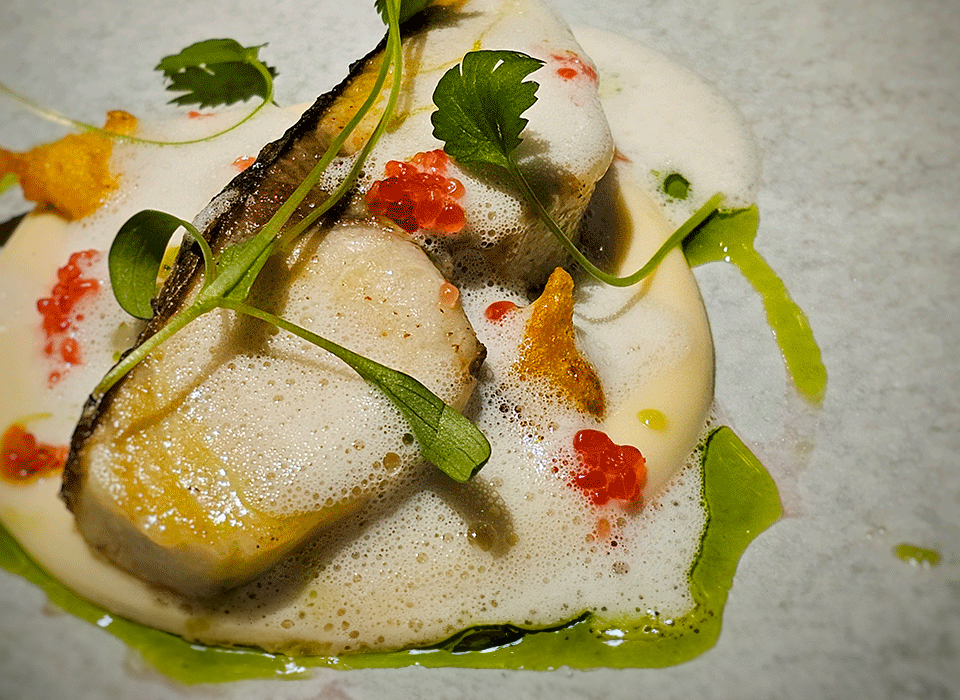
A: At an unforgettable “Kikkoman Soy Sauce Experience” meal, we had a sauce made with moromi—the fermented soybean mash used to make soy sauce. I found this salty, umami-packed ingredient to be unique and very intriguing. I will definitely be using moromi in my cooking and recipe development (if I can get my hands on some!). Another of my more memorable meals was at the Pullman Hotel where my good friend Chef Hiroki “Hulk” Kato prepared an amazing multicourse meal. One of the dishes was grilled mackerel with cauliflower foam garnished with red Australian finger lime “caviar” that provided a super fun citrus burst. I will definitely be stealing that combination.
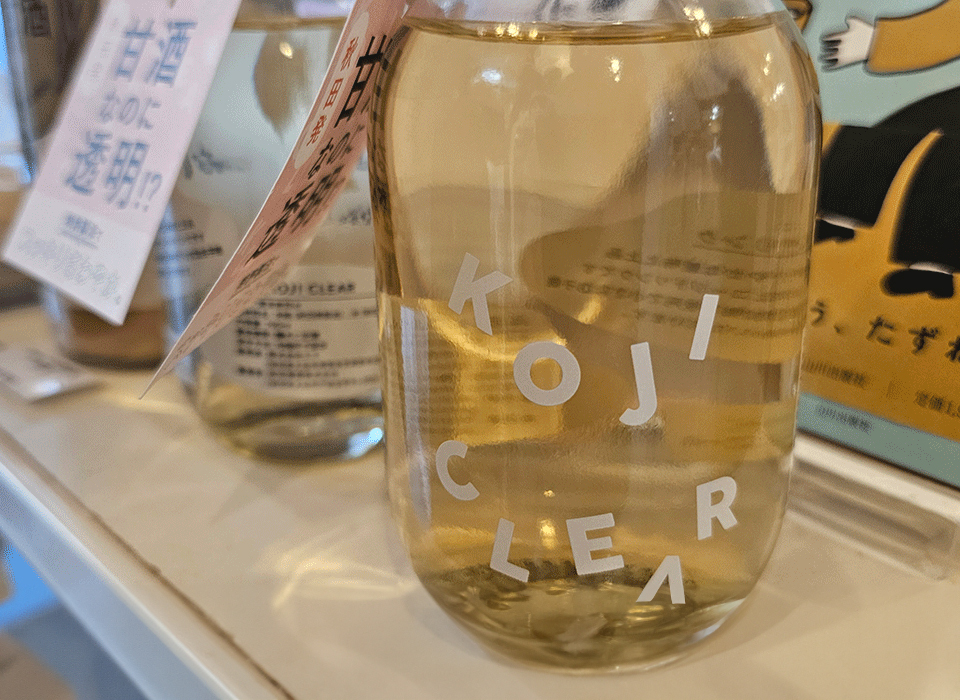
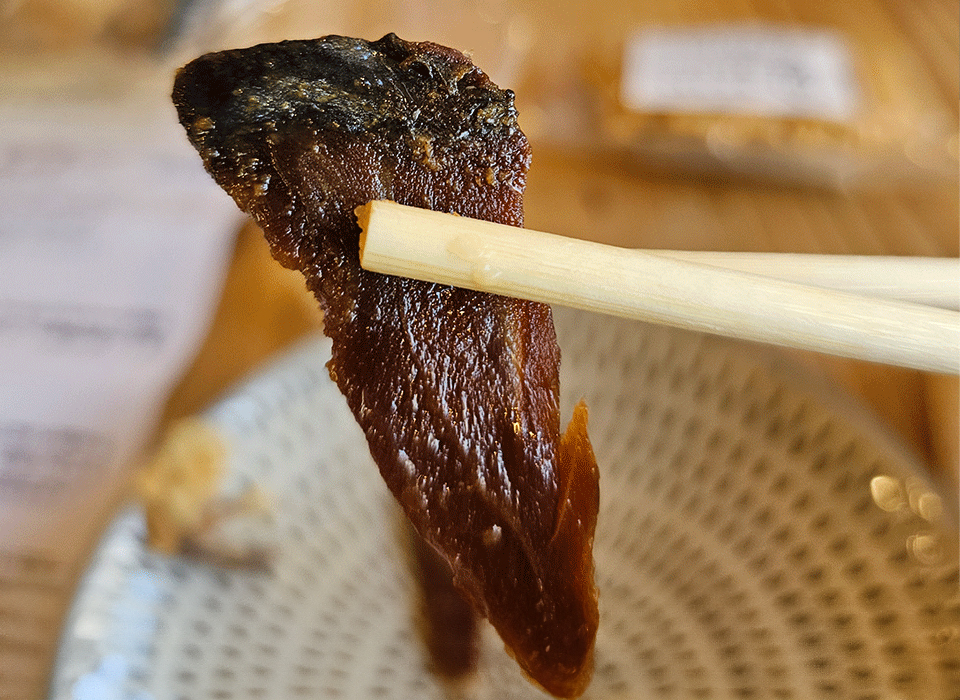
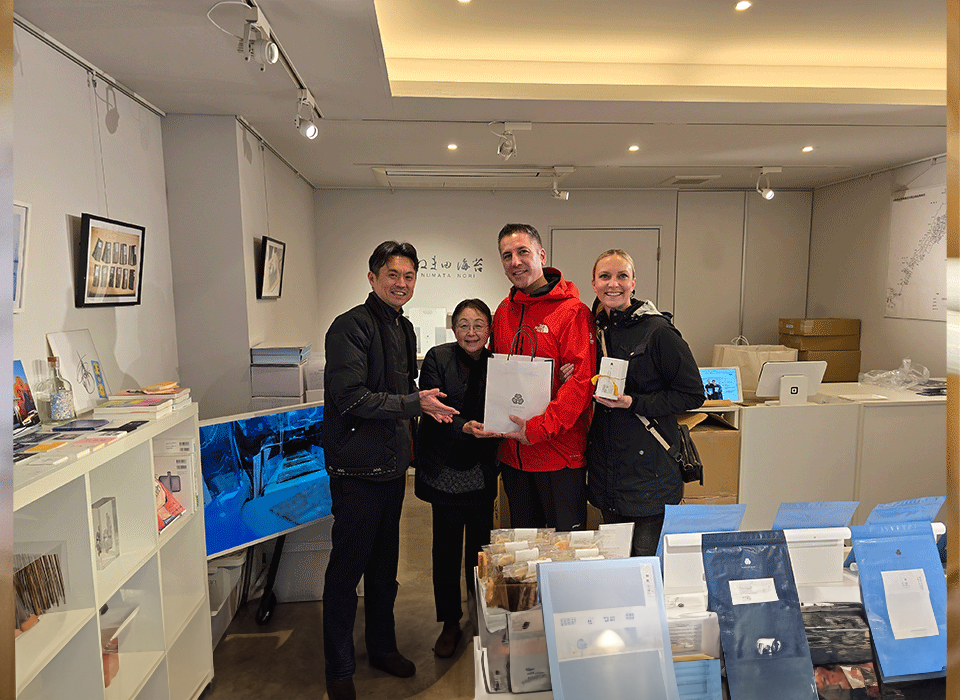
Q: Tell us about the touring Kikkoman’s soy sauce production facility. What surprised you, and what did you discover?
A: It was incredible! I got a personal tour of the Kikkoman plant in Noda, about an hour and a half train ride northeast of Tokyo. I arrived early to walk around the town. The minute I stepped off the train, I was hit with the pleasing smell of Shoyu in the air. Noda is quiet and quaint with beautiful Japanese homes and perfectly manicured gardens. Everything was so clean and orderly—something that I find comforting as a chef who lives by the term mise en place!
As I entered the facility, I was greeted by a gracious host who directed me to the gift shop so I could look at the unique products and gifts. After I picked out some fun items, my guides treated me to an amazing tour of the facility that began with a brief presentation on the centuries-long history of Kikkoman and how Soy Sauce is made. We were shown the beginning stages of the fermentation process using Kikkoman’s proprietary koji, Kikkoman Aspergillus. (Unfortunately, they wouldn’t let me take any of it with me to add to my Koji collection!) Then we walked through the facility to see the entire production process and finished the tour at the Mame Café with some delicious shoyu soft-serve ice cream.
From there, we paid a visit to Kikkoman‘s Imperial Soy Sauce Brewery—a beautiful building that was moved to this site and reconstructed to show how soy sauce has been made for centuries using traditional techniques. And it’s not just a museum. This brewery still makes a special soy sauce for the Imperial Families of Japan.
We ended the day with a hands-on class that included a tasting of different types of soy sauce. I was struck by how distinctive different soy sauces can be—just like wine or beer! And also, how little the brewing process has changed over the centuries—also just like wine or beer! My recommendation to all chefs and foodies: If you’re planning a trip to Tokyo, be sure to book a tour of the Noda facility and museum!
Q: What traditional cooking techniques did you encounter that you found particularly inspiring? How do you plan to incorporate them into your own recipes?
A: The Kikkoman team brought me to a traditional Japanese teppanyaki (griddle-based) restaurant that’s owned and operated by Kikkoman. I had the most incredible multicourse meal that was unlike any kind of Hibachi traditionally done in the US. And I’m talking worlds apart, not even in the same galaxy! One of the courses featured the largest scallops I’ve ever seen in my life. Chef Iijima carefully dissected the scallop right on the griddle into its multiple sections of mantle, main abductor muscle, roe and gills. He then meticulously cooked and sliced all of the pieces perfectly. When he was finished, he deglazed the grill with soy sauce, to get all of the scallop fond and made a spectacular dressing with shallots, garlic and oil.
Q: What did you learn about the cultural approach to food in Japan that has influenced your own perspective on menu creation? What lessons can US-based chefs learn from this to enhance their own culinary practices?
A: The idea of becoming expert in a singular craft or item, I find particularly appealing. There’s not a lot of that approach here in the west. I feel that we try to focus on becoming knowledgeable in a multitude of cuisines, crafts and ideas, but rarely focus or dedicate our lives to perfecting any one thing. There are pros and cons to this approach; however, I greatly respect and admire the Japanese for this.
Q: What practical tips would you give to chefs who are looking to integrate Japanese-inspired elements into their current menus?
A: I encourage chefs to embrace global ingredients and cultural techniques to enhance their dishes with unique flavors and experiences. While it’s important to respect traditional methods, don’t be afraid to experiment and adapt these elements to your own style. The unexpected flavor profiles will undoubtedly spark curiosity and delight among your diners.
Integrating or adding Japanese inspiration to your menu can come from so many places in the culture—not just from ingredients and techniques. You can draw inspiration from things like Japanese architecture, pottery, calligraphy, gardens, artwork and the country’s rich history and traditions.
Q: Is there anything else you experienced on your trip that you would like to share?
A: Ironically I had the best burger of my life on this trip—not something I was expecting! It was in the city of Kyoto, and there was a small and unassuming restaurant named “Upit” where the chefs have perfected their craft. It was a life-changing burger.
Breakfast in Japan was very unlike the classic western morning meal of eggs and bacon. Our breakfasts were colorful, plant forward, and filled with things like miso soup to keep that gut health in check.
Q: What life-lessons did you take away from this trip?
A: Speaking as a seasoned traveler and professional eater, I must say that the food experiences here were among the best I’ve had anywhere. Beyond the high-quality ingredients, handled and prepared with care and respect, I was impressed by the attention to food safety and hygiene. For the most part, I feel they were better than anything I’ve witnessed in the US.
Japanese culture seems to have this mentality of looking out for each other, creating a sense of collective care. It’s the opposite of the individualistic approach of the American mindset, and I find it beautiful and inspiring. They have a culture based on respect—a feeling that “everyone is looking out for me, so I don’t have to worry about me. And at the same time, I’m looking out for everyone around me, so they don’t have to worry about themselves.” It’s unlike anything I’ve ever experienced. I found myself conforming to this mindset immediately and felt the need to take care of anyone around me, it was very centering and calming.
